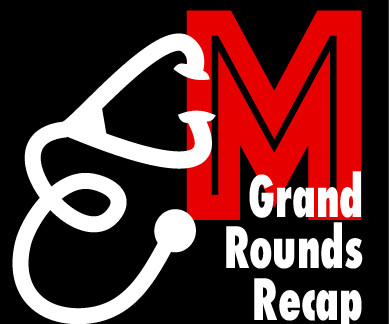Very fast regular tachycardia: 2 ECGs from the same patient. What is going on?
Dr. Smith's ECG Blog
SEPTEMBER 27, 2023
An ECG was recorded immediately and is shown below. How do you interpret the ECG? ECG#1 There is a regular tachycardia with a ventricular rate of about 180 bpm. After cardioversion, if successful, you can take a few moments to assess the 12-lead in more detail and assess the post conversion ECG. ECG#2 What do you think?
















Let's personalize your content